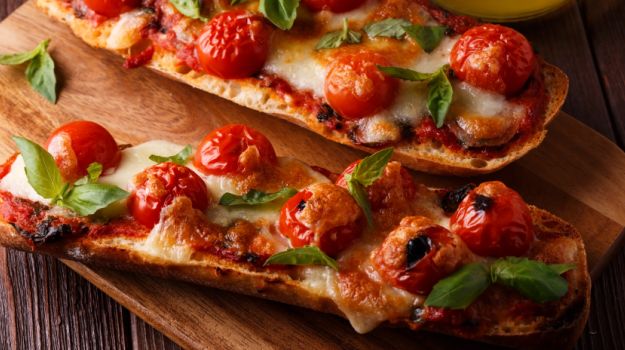
Italian food started to form after the fall of the Roman Empire, when different cities began to separate and form their own traditions. Many different types of bread and pasta were made, and there was a variation in cooking techniques and preparation. The country was split. For example, the North of Italy (Milan) is known for its risottos, the central/middle of the country (Bologna) is known for its tortellini and the South (Naples) is famous for its pizzas.
Italian food is bold and satisfying without being heavy. It's rich and textural and uses a whole palette of flavors.When Italian immigrants first arrived on American shores, they couldn't find their trusty olive oil, dried porcinis, prosciutto, and balsamico, so they adapted to the ingredients that surrounded them, which resulted in far more meats and sausages in dishes, along with a healthy helping of garlic. And thus American-Italian food was born.
There are many regional variations of cooking throughout Italy, but in general grain foods such as pasta, bread, rice, and polenta are mixed in a variety of interesting ways with vegetables, beans, fish, poultry, nuts, cheeses and meat. Since ancient times, grains such as wheat have been a staple food throughout Italy.
While northern Italians love their rich cream sauces, polenta and stuffed meats, people in the south embrace flavors such as tangy tomato sauces, olive oil and fresh steamed seafood. Both north and south have contributed their share to classic Italian cuisine, but each region has its own distinct set of flavors.Let's focus on some of the top crops produced in Italy: olives, grapes, sugar beets, corn, tomatoes and citrus fruits.